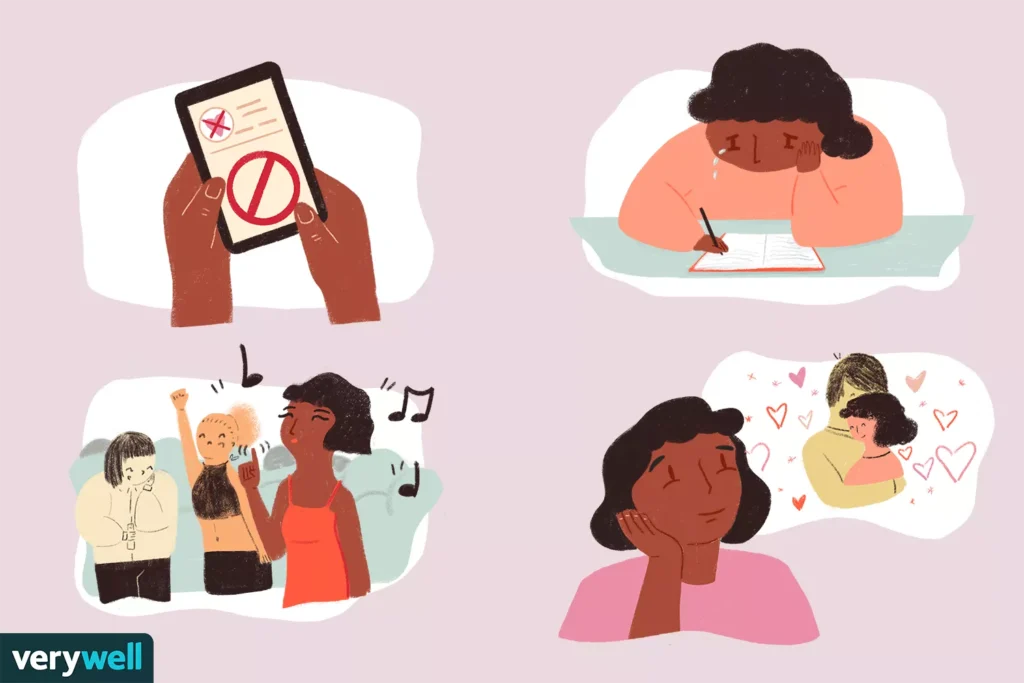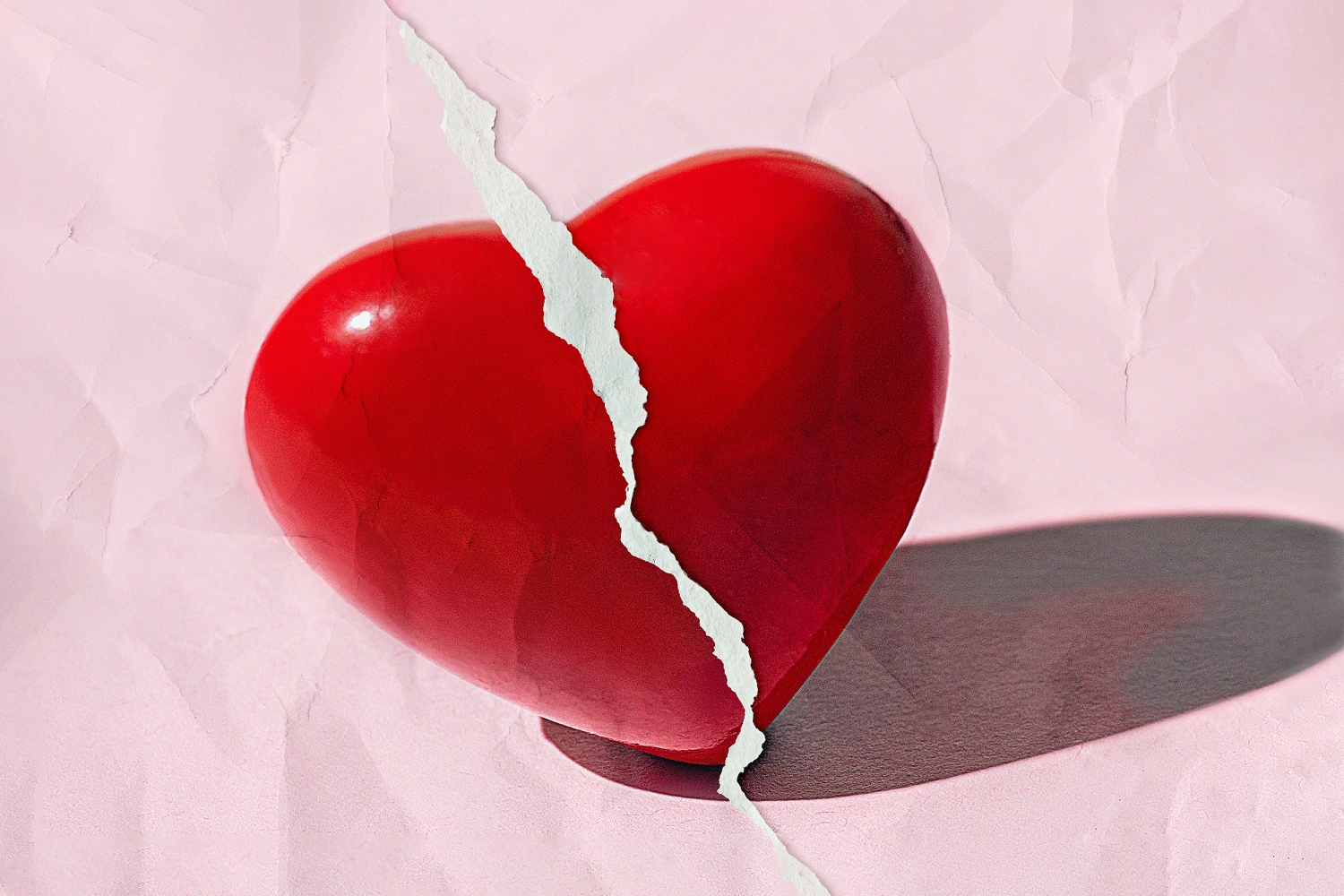Breakups are rarely easy—they represent an unraveling of our fabric and can leave us adrift in an ocean of emotions and uncertainties. The end of a relationship, whether initiated or unexpected, triggers emotions almost as intense as the feelings one has when mourning the death of a loved one. Claudia de Llano, LMFT, a practicing marriage and family therapist, likens it to losing a part of ourselves—an expression often echoed by most persons who have traversed this emotional terrain.
They stand parallel to the process of grief, in which this choked, emotional rollercoaster ride of anger, sadness, denial, and finally acceptance is undertaken. It doesn’t go in a linear sequence; that is, it may cycle through stages in endless waves, bringing new insights and new challenges in their wake.
Also Read : Loneliness Assessment: Are You Experiencing Isolation?
The Stages of Breakup Recovery
Immediately after the breakup, one can feel ambivalence. One is relieved not to deal anymore with conflicts but tends to extend a longingly outstretched hand on the other. It’s a period of heavy thinking, going into self-questions regarding separation or reunion decisions.
The major coping strategies applied at this stage are basically acceptance and working through such ambivalent emotions. It involves being honest with oneself regarding wants about the future of the relationship and even fears about it.
Denial and Shock: More often than not, the initial shock of separation kicks in denial because the mind rejects the breakup. Your thoughts revert automatically to scenarios where reconciliation seems possible, driven by a desire to slip into past comforts.
It is important to overcome such denial, and this might only be realized when such emotions are faced squarely rather than buried. Sharing the news with others might bring in support that would aid in gradual acceptance of the situation.
Anger and Resentment: Reality will set in to be followed probably by anger and resentment. Mean actions against the person or unmet expectations will, without a doubt, overcome such feelings of betrayal and injustice. At this stage, people lash out or dwell on past grievances to get through the pain with such externalized emotions.
Anger management at this level involves fully feeling the emotions but in constructive ways. The setting of limits with the ex-partner can limit their negative talking about each other, and it can allow one to begin to heal emotionally.
Bargaining and Negotiation: People go through this stage in a bid to regain what is lost. They will think in terms of promises to change or compromise to keep the relationship on board. This particular stage usually ascertains past personal flaws and made thoughts on how things could have been different in the relationship.
Examples of coping mechanisms during this stage are steering clear of idealization of the past and sticking to one’s values. The reasons for separation should be weighed objectively such that a person would feel the lesser need to change for the sake of personal growth as much as to soothe nostalgic feelings.
Depression and Sadness: This can be the most difficult stage, in which the individual may feel completely overwhelmed by feelings of depression and sadness, because of which one often feels hopeless and withdraws oneself from friends and family. The loss is just way too deep inside, and due to this, the effect falls on daily life emotionally.

Some of the strategies involve fully allowing oneself to grieve and seeking help where one’s feelings are too much to handle. A self-care routine can be put in place and one re-establishes regard for old supportive friends to find a life that seems lost thus not making one lonely.
Acceptance and Healing: Gradually, acceptance dawns—a stage marked by complete assimilation of the learned lessons through the relationship and assertion that closure is paramount in personal development. It calls a person to turn to peace, recreate the place, and have an inner readiness to move on.
Healing strategies include reframing the break-up to offer an opportunity for personal evolution and learning to be grateful for the good bits of that relationship, forgiveness of self and the ex-partner in letting go of residual hurt toward an anger-free life.
Growth and Move-On: Personal growth and moving on to new things can be noticed at this stage. Self-esteem bounces back again. Social life regains its spark. Opinions about relationships become positive once more. This phase is characterized by resilience and strengthening associated with emotional healing.
Facilitating growth includes new interests, relationships, and horizon expansion. Travel and other activities of self-discovery could bring new meanings and purposes into life.
Resilience in the Journey
There’s every stage one gets through to get over a breakup; every stepping stone is towards being stronger, towards finding the true self. It is not easy, but one has to believe in the process of healing and try to love themselves all the way. Remember, every feeling felt is progress for personal development and finally being happy.
If you’re dragging yourself through a breakup and feel the whole weight of the world resting upon your shoulders, know then that you are not in this alone. Reach out to loved ones or professional people for support that helps you find your way through intricacies it takes in healing. It’s going to gradually fade away with time and patience, giving way to a much better future that lies ahead for every single one of us.
More than that, the journey from heartbreak to healing is full of different emotions and challenges that help people come out stronger and wiser. Bring yourself into the process—honor your feelings—and have faith that somewhere in this melodrama, you will come out resilient and positive.

